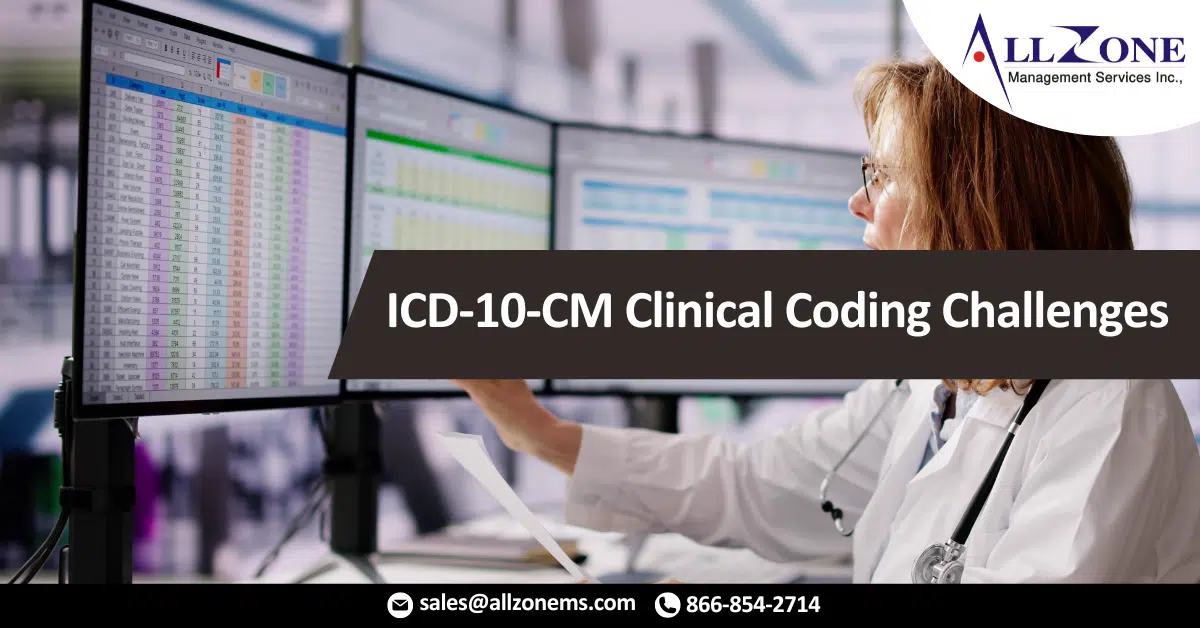Seven coding challenges reveal a new compliance landscape in 2020.
It’s here: 2020! This past year in healthcare, as in many years before, was full of changes, challenges, and some surprises as well. When trying to foresee the key future challenges in clinical coding, the following topics came to mind for me.
Severe Sepsis
We should watch closely for the ICD-10-CM codes classification of “severe sepsis” in 2020 since we saw in the Sepsis-3 clinical publication that there was the elimination of that term due to the rationale that it was redundant. We now have recommendations to remove this description and code from ICD-10-CM, so stay informed and watch for news in this area, as it is vital to coding accuracy and data integrity.
Social Determinants of Health
Social determinants of health, or SDoH, will continue to represent an important series of ICD-10-CM codes in 2020. We all need to review the current guidelines regarding the Z56-Z65 codes and initiate an internal coding policy to report them when the “conditions or situations” are documented. Remember that these codes allow hospitals and health systems to better track patient needs, identify solutions, and provide needed services, which will improve the health of their communities. In addition, we may see more ICD-10-CM codes associated with the SDoH being developed for use, as the value of focusing on such factors increases across all healthcare settings.
Vaping and Related Lung Injury or Disease
This topic was in the news for several months this year, and the Centers for Disease Control and Prevention (CDC) has published information regarding the use of THC-containing product brands by e-cigarette- or vaping-associated lung injury (EVALI) patients. We also saw a recent announcement by the National Center for Health Statistics (NCHS) this month for a new ICD-10-CM codes for the vaping-related disorder (ICD-10-CM codes U07.0), to be implemented on April 1. Clinical coding professionals need to be aware of this new code. Note that per the CDC, about 6.2 million U.S. middle and high school students were current (past 30-day) users of some type of tobacco product in 2019, according to new National Youth Tobacco Survey (NYTS) data released in the most recent edition of the Morbidity and Mortality Weekly Report.
Coding Clinic
Keeping up with the American Hospital Association (AHA) Coding Clinic on ICD-10-CM/PCS changes tends to be an ongoing challenge for professionals in the fields of health information management (HIM), coding, and clinical documentation improvement, or CDI. The importance of this official coding clearinghouse can not be understated. Coding Clinic guidance assists not only the coding professional, but also educators, insurers, providers, and CDI staff. Each quarter, the publication provides insight into a variety of ICD-10-CM/PCS coding scenarios and challenges. Having access to this publication and then reading through the full content is something to put on your list of goals for 2020.
ICD-10-CM Hierarchical Condition Categories (HCCs): During 2019, we saw and heard more and more about HCCs and the documentation and coding of them. As we see the increase in
Medicare Advantage
Medicare Advantage (MA) risk adjustment (RA) health plans, this results in increases in the importance of coding HCCs, both for the payment methodology and clinical data. Although the HCCs do not include all ICD-10-CM codes, it critical to stay updated on the codes that are added or deleted from the Centers for Medicare & Medicaid Services (CMS) HCC model annually. More and more hospital coding staff are becoming savvy about HCCs, and this is expected to continue in 2020, as we see more and more of our patients (beneficiaries) have MA/RA as their payment model.
Coding Compliance and Integrity
We are all aware of the continuing regulatory scrutiny surrounding clinical documentation and coding. Investigations and liability issues can result in financial penalties and even ongoing federal monitoring via a corporate integrity agreement. Although clinical coding can at times be complex, if we have a strong and transparent coding compliance plan and process, we can avoid increased regulatory scrutiny or U.S. Department of Health and Human Services (HHS) Office of Inspector General (OIG) visits.
Auditing and education are two key components of any coding compliance plan. Being open and welcoming to both of these can help increase coding accuracy and data integrity. We need to initiate and/or continue to review the OIG reports and Recovery Audit Contractor (RAC) findings, as they can provide us with information regarding gaps and vulnerabilities.
We all want to help reduce fraud, waste, abuse, as well as mismanagement of healthcare funds. Ensuring that your auditing and education targets the areas with the most weaknesses in 2020 can make for a positive coding compliance outcome.
For More Information: https://www.icd10monitor.com/looking-at-possible-icd-10-cm-clinical-coding-challenges-in-2020

